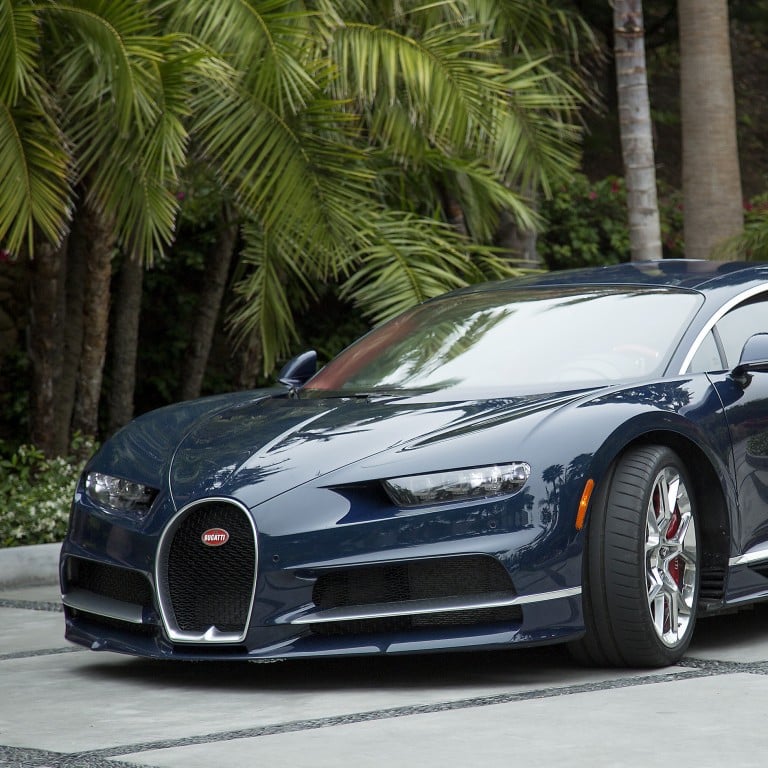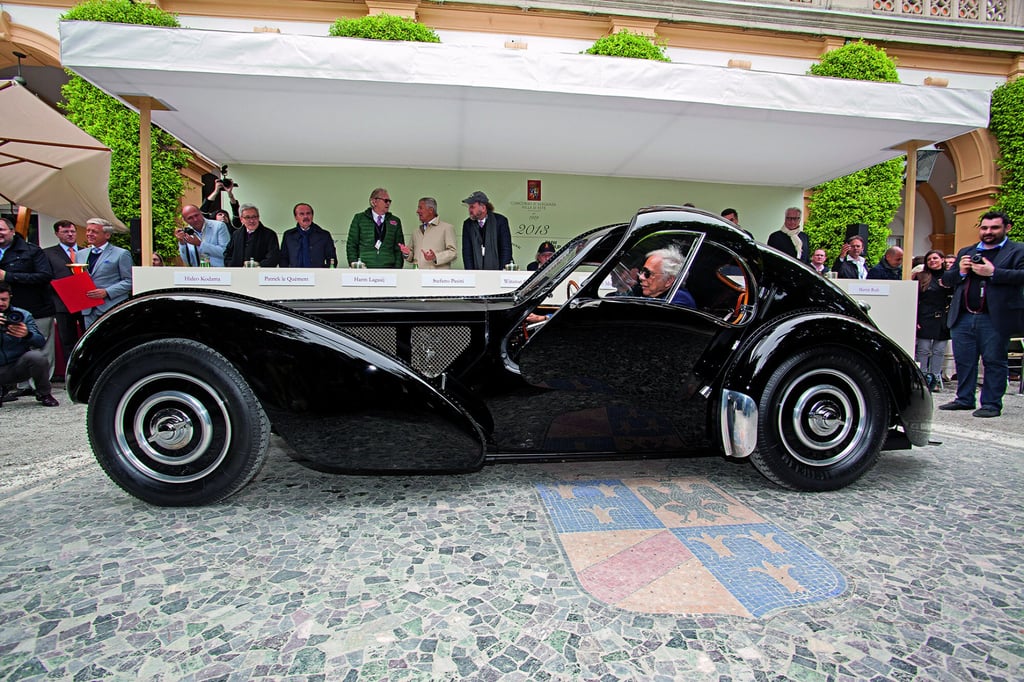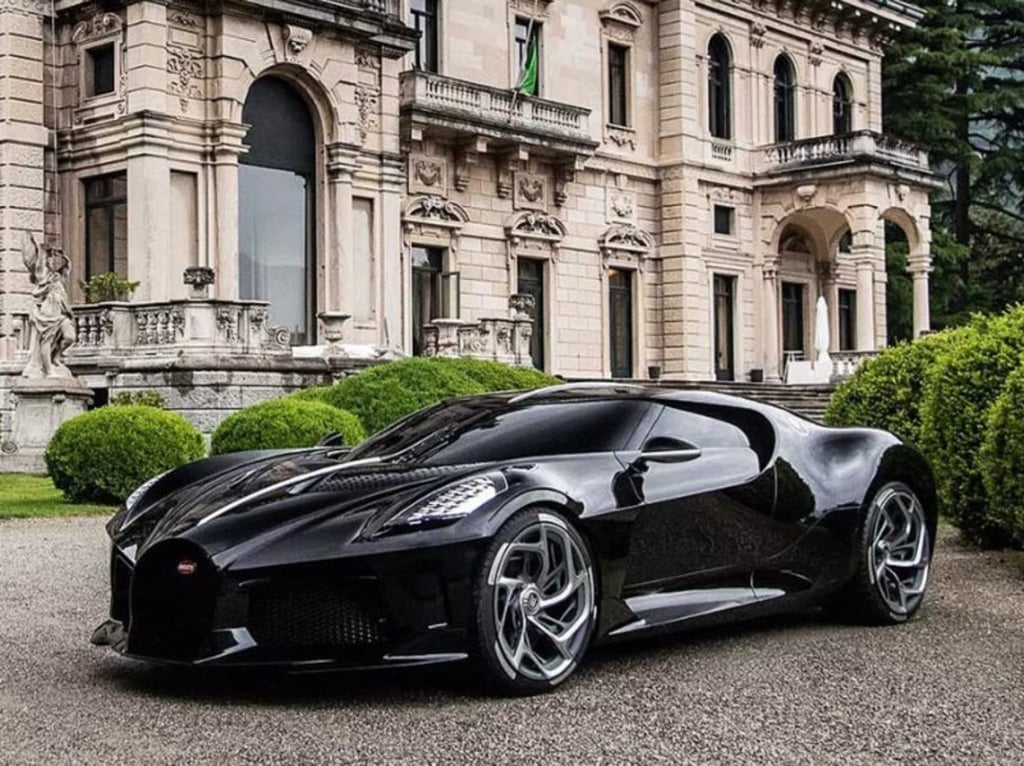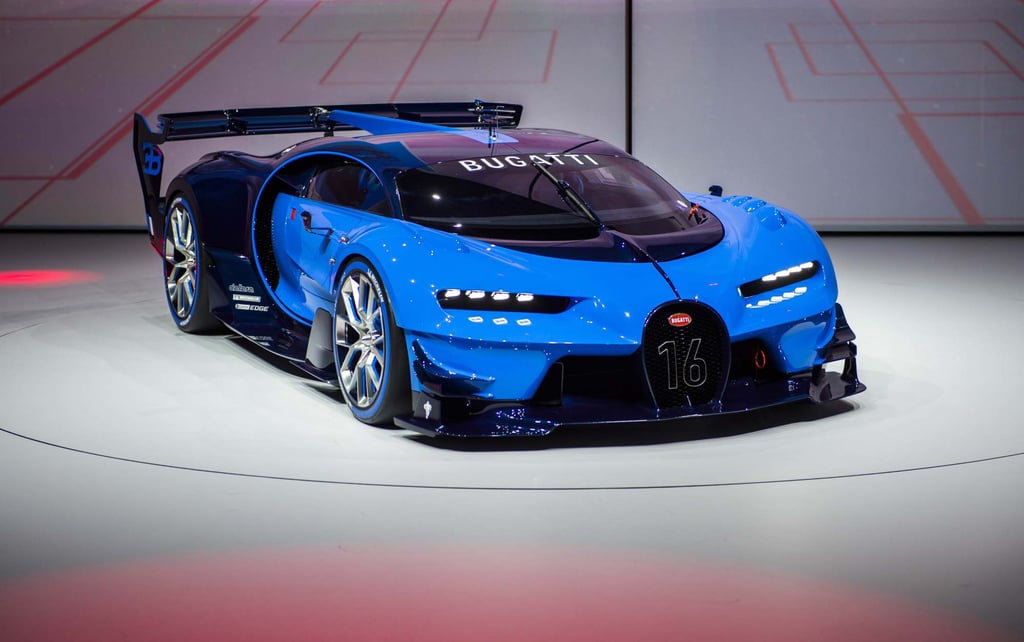Opinion / Why Bugatti’s sale marks the end of petrol cars: Porsche takes Volkswagen’s stake and forms JV with Rimac – so what does that mean for one of the oldest luxury hyper car makers?

- Bugatti is partnering with Croatian upstart in a new JV called Bugatti Rimac, taking the century-old brand in a new direction
- The maker of the world’s most expensive car, worth a staggering US$18 million, boasts famous clients like Cristiano Ronaldo, Roberto Carlos and Jay Leno
This article is part of STYLE’s Luxury Column.
Bugatti was the ultimate hyper car even before the term hyper car was created.
Founded in 1909 in Molsheim, Bugatti made a name for itself from the onset for winning races and creating stunningly beautiful cars. When Ettore Bugatti died in 1947, the brand vanished with only around 8,000 cars built, among those the iconic Type 57 SC Atlantic, for many the most beautiful car ever made. To call it a car would not give it justice. A piece of art seems the more appropriate description.

After 40 years of being just a memory, the brand was revived in 1987 by Italian entrepreneur Romano Artioli. But as development costs rose amid weak economic conditions, the company once again ceased operations in 1995. Subsequently, Volkswagen, under the aegis of Ferdinand Piëch, bought trademark rights to the brand in 1998. It marked the pinnacle of Piëch’s legacy, creating a car group crowned by a brand that represents luxury and exclusivity in a way maybe only Rolls-Royce and Ferrari could rival.
To signal to the world his ambition to position Bugatti at the very top, Piëch initiated the development of a massive 18 cylinder engine, making the Bugatti Veyron and its successor, the Chiron, the fastest production cars money could buy. Bugattis broke one speed record after the other. No other manufacturer could offer an engine like Bugatti; no other car could rival its acceleration and speed.

From the moment Volkswagen took over Bugatti, it has been known as a masterpiece and showcase of luxury. Its cars sold for millions – a level that was unheard of before the brand was brought back to life. Subsequently, under the leadership of Stephan Winkelmann, the brand entered the lucrative space of one-offs, creating limited editions like the dynamic Bugatti Divo costing over US$5 million; Centodieci, which is limited to only 10 pieces; and the world’s most expensive car, La Voiture Noire, which easily costs over US$18 million.
